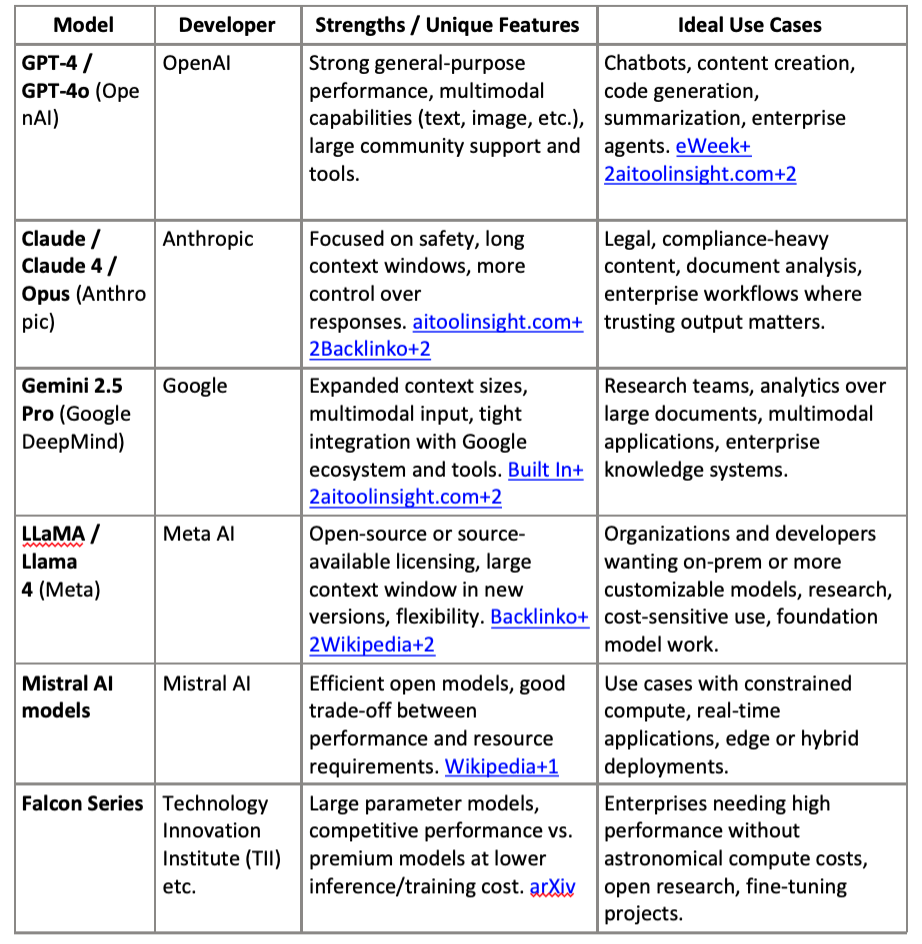ROI For AI In QA
- Ken Eng
- Oct 3, 2024
- 2 min read
The return on investment (ROI) for leveraging AI in quality assurance can be significant, but it depends on various factors such as the specific use case, the industry, the maturity of the AI implementation, and the organization's overall quality assurance process. Here are some potential ways AI can contribute to ROI in quality assurance:
Increased Efficiency: AI can automate repetitive and time-consuming tasks in the quality assurance process, such as data entry, data analysis, and report generation. This leads to reduced manual effort, increased productivity, and cost savings in the long run.
Improved Accuracy: AI algorithms can process large volumes of data quickly and accurately, reducing the risk of human errors that may occur in manual quality inspections. This can lead to better product quality and a decrease in the number of defects or recalls.
Predictive Maintenance: AI can be used to predict equipment failures or defects before they occur, allowing organizations to proactively address issues and avoid costly downtime.
Enhanced Decision-making: AI-powered analytics can provide deeper insights into quality-related data, enabling better decision-making and resource allocation to focus on areas that have the most significant impact on quality improvement.
Reduced Warranty Costs: By identifying and addressing quality issues early, AI can help reduce warranty claims and associated costs, leading to improved customer satisfaction and brand reputation.
Faster Time-to-Market: AI can expedite the testing and validation process, leading to quicker product releases and a competitive advantage in the market.
Regulatory Compliance: AI can assist in ensuring compliance with quality and safety regulations, reducing the risk of penalties and legal consequences.
It's essential to note that while AI can bring numerous benefits, there are also implementation costs and potential challenges, such as data quality, integration with existing systems, and ensuring that AI models are well-validated. Organizations need to carefully assess their specific needs and conduct a cost-benefit analysis to determine the potential ROI of leveraging AI in their quality assurance processes.






Comments